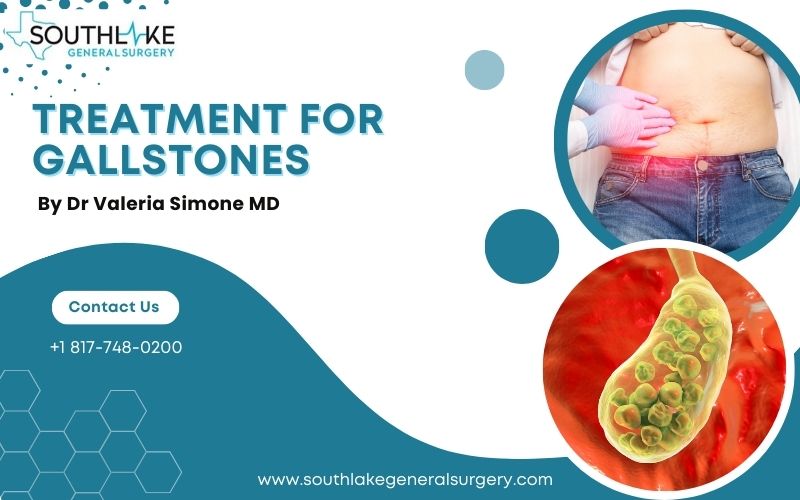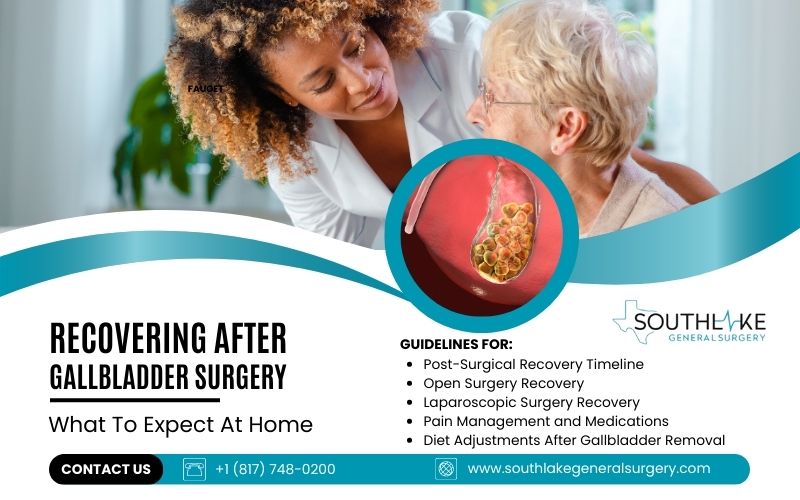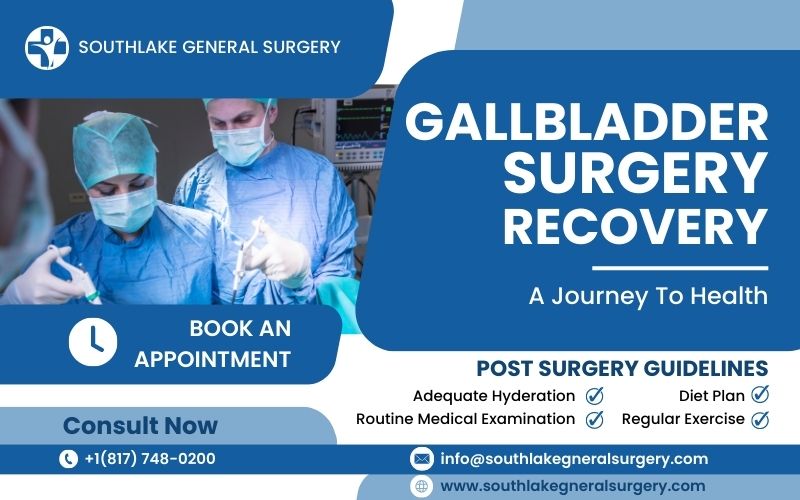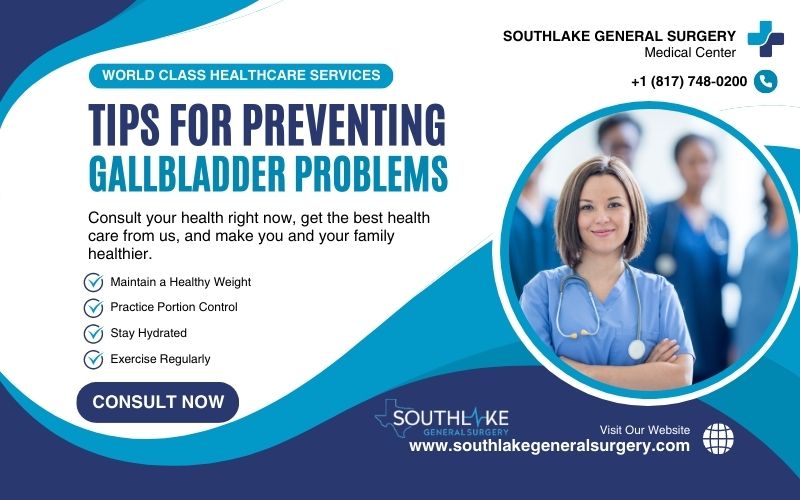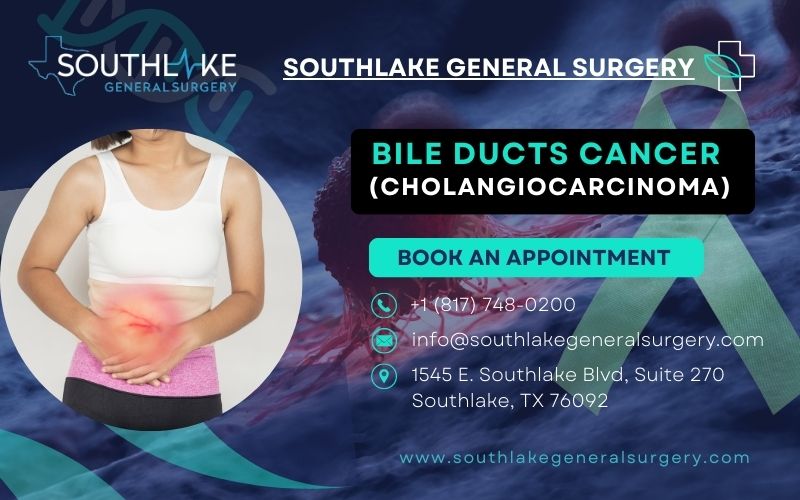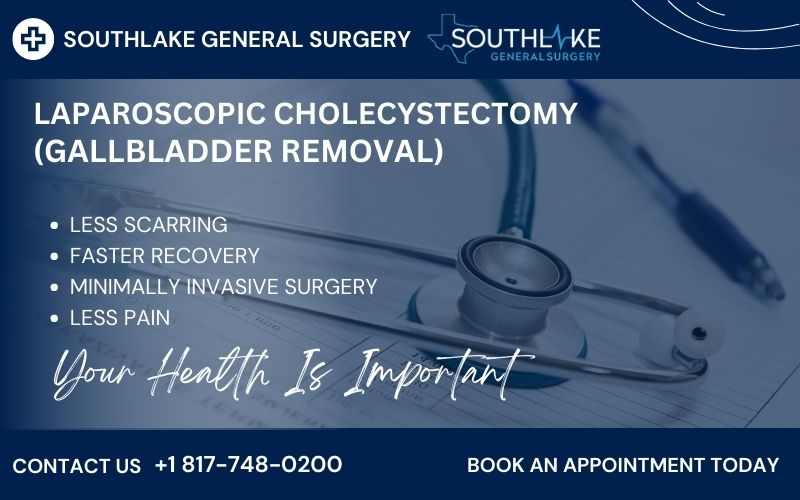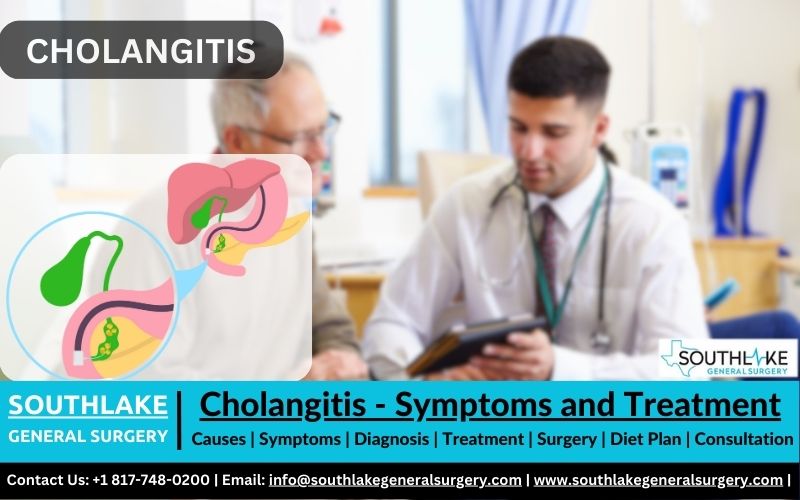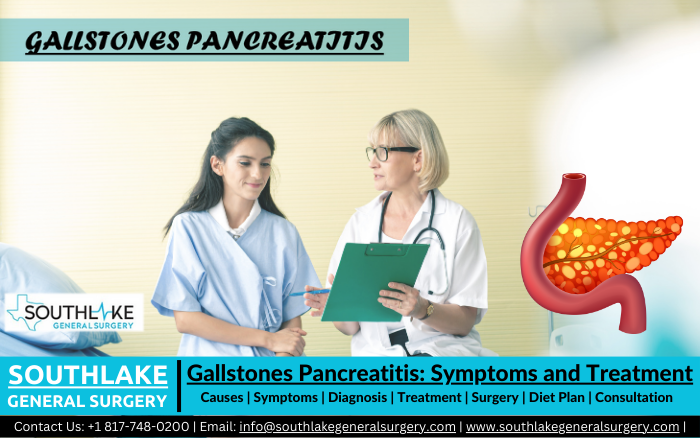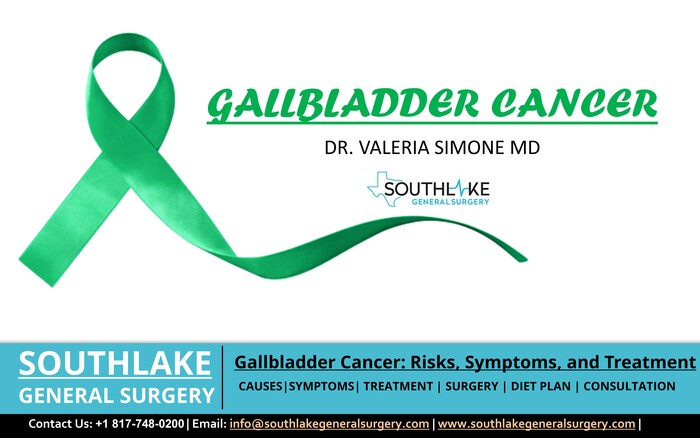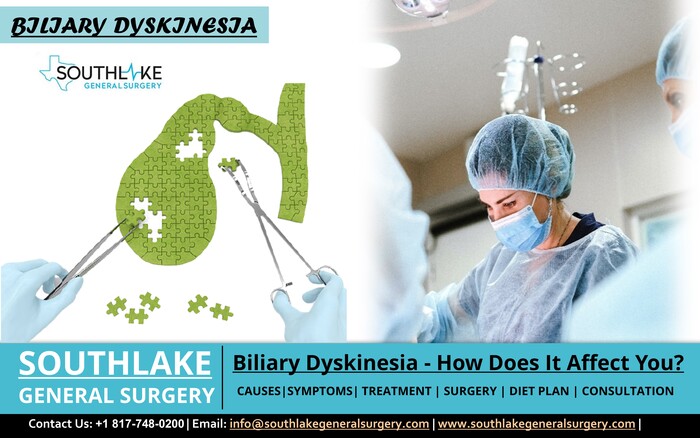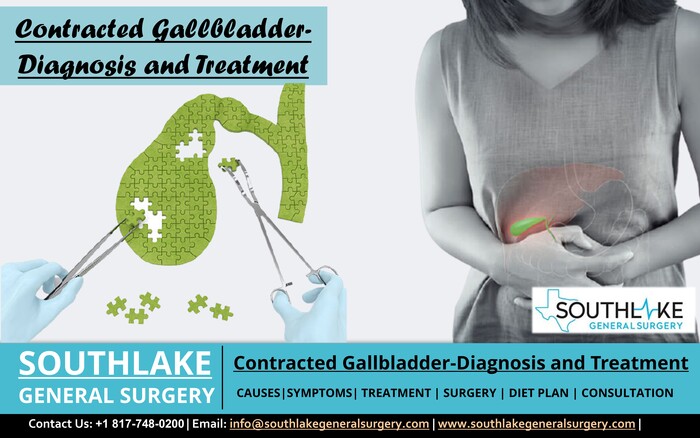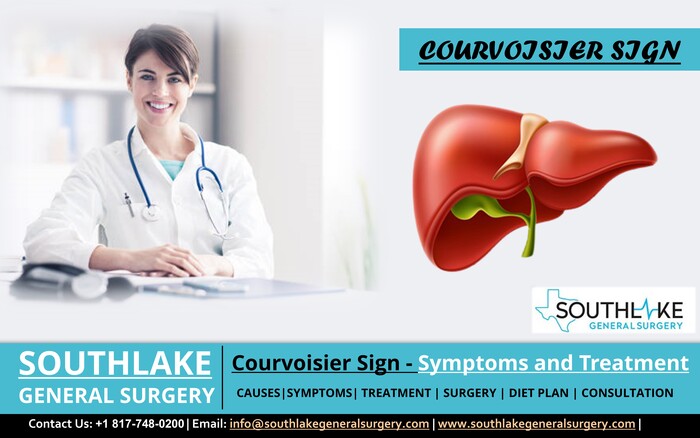Have you ever experienced a sudden, sharp pain in your upper abdomen that left you wondering what’s going on? You could be dealing with acute cholecystitis, an inflammation of the gallbladder that can lead to severe complications if left untreated.
Read More →
Greetings! Gallbladder surgeons are the key players who can significantly improve your quality of life. In this engaging and insightful blog post, we’ll walk you through the intricacies of gallbladder surgery, discuss the different types of procedures, and guide you on what to look for when choosing a top-notch gallbladder specialist.
Read More →
Treatment for gallstones usually depends on the severity of the symptoms and the overall health of the patient. Gallstones can be a painful and frustrating condition that affects millions of people worldwide.
Read More →
Gallbladder surgery is a common procedure, but navigating the recovery process, especially recovering after gallbladder surgery, can be daunting. This comprehensive guide will walk you through the entire journey, from surgery to full recovery, and provide helpful tips and information for each step along the way.
Read More →
Gallbladder surgery recovery can appear challenging as you begin your journey toward healing. You may have questions about the stages of recovery, how your lifestyle will be affected, or the benefits you can anticipate from this procedure.
Read More →
Gallbladder problems can be a source of abdominal pain and gastrointestinal distress. Nevertheless, there are practical methods that you may do to prevent these disorders and keep a healthy gallbladder in your body. In this article, we will examine useful tips for preventing gallbladder problems.
Read More →
Cholangiocarcinoma, often known as bile ducts cancer, is a life-threatening condition. Despite its rarity, understanding its risks and symptoms is crucial for early detection and effective treatment. Early detection is difficult because symptoms usually don’t appear until the later stages. In the following paragraphs, we will discuss cholangiocarcinoma and its associated factors, diagnostics, and treatments.
Read More →
Gallbladder removal with laparoscopic cholecystectomy is a minimally invasive treatment with a potential recovery period of two weeks. Preventative measures and care after surgery are crucial to minimizing the likelihood of complications and facilitating a speedy recovery from this procedure.
Read More →
Cholangitis is an inflammation of the bile ducts, which are responsible for carrying bile from the liver and gallbladder to the small intestine, and can be fatal if left untreated. Doctors, nurses, and patients alike need a thorough grasp of cholangitis since early diagnosis and treatment can reduce the risk of serious consequences.
Read More →
Gallstone pancreatitis is a serious condition that develops when gallstones pass through the bile duct and into the pancreatic duct. This causes inflammation of the pancreas. This obstruction leads to inflammation of the pancreas, which in turn results in excruciating pain in the abdominal region, nausea, and vomiting.
Read More →
Gallstones can be a painful and debilitating condition, but there are many different treatment options available to patients. The type of treatment that is chosen will be determined by several factors, including the size and position of the stones, as well as the severity of the symptoms.
Read More →
Gallbladder cancer is uncommon and can be challenging to diagnose and cure. Even though it is not as common as other types of cancer, it is still crucial to know the risks and symptoms connected with it.
Read More →
A clinical syndrome known as biliary dyskinesia (BD) is characterized by pain or discomfort in the right upper abdomen, nausea, and vomiting. Gallstones, infections of the biliary tract, and spasms of the sphincter of Oddi are the three conditions that are most frequently responsible for BD.
Read More →
A contracted gallbladder is a medical condition in which the
gallbladder becomes smaller and harder. This condition is also known as
gallbladder atrophy. This can happen for several reasons, but most often it is
due to the build-up of cholesterol and other fatty deposits on the gallbladder
walls.
Read More →
Gallbladder calculus plus acute cholecystitis is a condition that arises when the gallbladder becomes inflamed. This may be due to a variety of reasons, but most commonly it is caused by the presence of stones in the gallbladder.
Read More →
Gallbladder enlargement owing to bile build-up is known as the Courvoisier sign or Courvoisier’s law. It’s common in these cases to be able to view or feel the gallbladder through the skin.
Read More →



